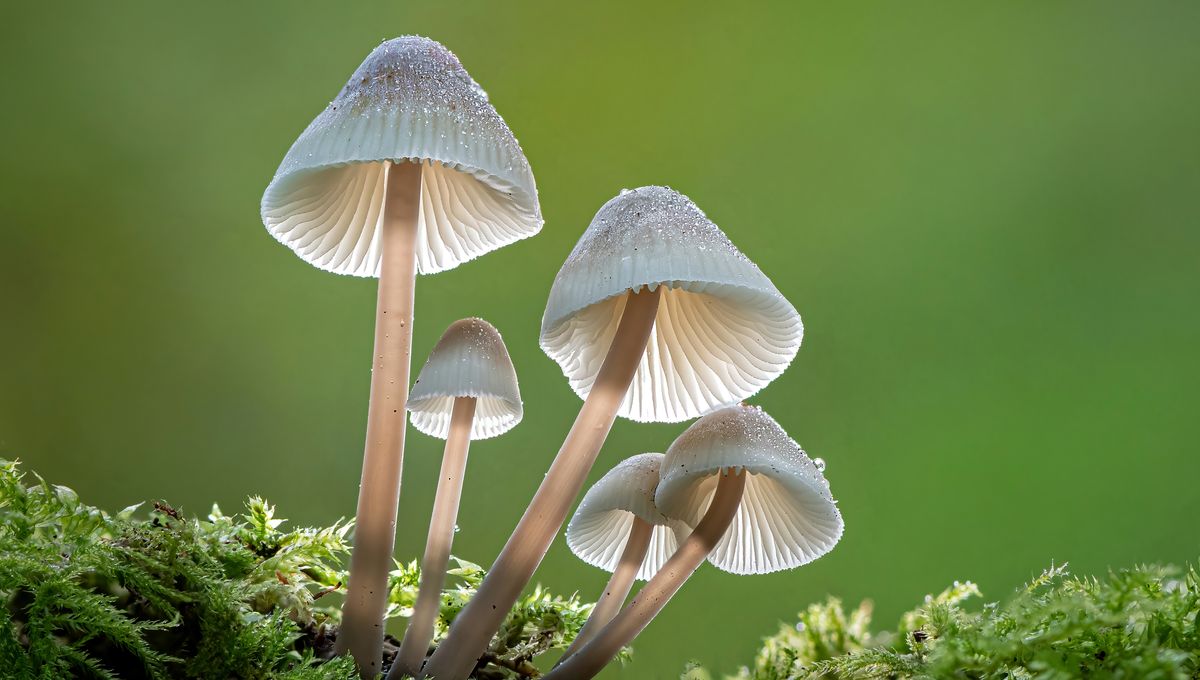
There’s something strange happening in the world of fungi – rather than solely dining upon the dead, bonnet mushrooms have now been found to invade living plants.
Bonnet mushrooms, also known by their genus name Mycena, have long been thought to be saprotrophic organisms, living exclusively off nonliving organic matter, like dead trees. However, when a team of Danish mycologists were investigating local Mycena, they discovered that the fungi were in the middle of a significant change.
“Using DNA studies, we found that Mycena fungi are consistently found in the roots of living plant hosts. This suggests that bonnets are in the process of an evolutionary development, from uniquely being decomposers of nonliving plant material to being invaders of living plants, under favourable conditions,” explained Christoffer Bugge Harder, lead author of a study detailing the findings, in a statement.
By analyzing the carbon isotopes found in Mycena, they also found that the genus has evolved to lie between the traditionally strict bounds of the fungal kingdom’s three ecological niches because its members can utilize both living and dead matter – Bugge Harder dubbed them “opportunists”.
With living plants, there may even be a mutualistic relationship, the mycologist explained. “We see that [some] Mycena appear to exchange nitrogen, an indispensable nutrient for plants, with carbon from plants,” although he went on to say this exchange was yet to be finely tuned.
In what feels like an increasingly common sentence to read, the researchers think that this change in Mycena may be at least partly the result of human activity. Plantations with a single species population of young, healthy plants seem to play a role because, compared to older forests, more specialized fungi haven’t yet established themselves. This creates “optimal conditions” for Mycena to adapt, according to Bugge Harder, and they appear to have seized this opportunity.
If you’re wondering whether this could turn into a The Last of Us situation, you’ll be pleased to know that you needn’t worry. There’s been some speculation that, because of climate change, fungi could adapt their temperature tolerance to the point where they could survive in the human body, but it’s unlikely to involve Mycena.
“It isn’t inconceivable that groups of fungi relevant to the ecological niche of humans could develop. But, there are lots of fungi in tropical regions which have already adapted to high temperatures. When they’re not in our bodies anyway, it is due to our effective immune system,” explained Bugge Harder.
“So, I don’t see any reason to fear fungi – or at least not worry about Mycena.”
The study is published in Environmental Microbiology.
Source Link: An Evolutionary Leap: Bonnet Mushrooms Can Now Invade The Living